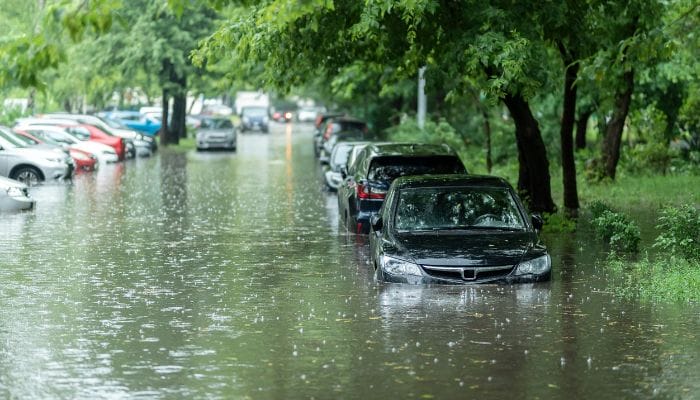Flood prevention is just as important as any other natural disaster. It can happen anywhere at any time, and it’s essential to keep residents and infrastructures secured when floods occur, especially in rainier climates. Follow our guide to learn more about protecting the community during a flood.
Inspect Flood Hazard Areas
Any coastal area’s most at risk for flooding, especially in a hurricane hot zone. Start planning with maintenance crews and city officials to inspect flood hazard areas. The biggest spots to check are near large water bodies, including lakes, oceans, rivers, and streams.
Once you’ve inspected and found troublesome areas, develop a mitigation plan. This plan is a breakdown of what prevention tools to use and how much time to alert the community and evacuate if conditions worsen.
Additionally, ensure any vulnerable structures, such as fire stations and hospitals, are secured. These places can pack on a lot of water, blocking any escape for trapped individuals. Make sure to fill cracks in cement or foundation with waterproof material.
Create Workshops To Help Prepare Residents
When you have families prepping, it’s a good idea to hold workshops and meetings on how to stay safe, alert, and prepared for evacuation. And as you do this, residents become aware of possible situations and can easily move through preparation.
While in the workshop, make sure to urge citizens to do the following:
- Board up their windows.
- Keep all electrical devices unplugged and off.
- Pack supplies and gets their homes locked up before evacuation.
- Talk with neighbors to set up evacuation procedures.
- Prepare to bring pets during evacuation, or send them to a family member or friend before leaving.
Get Essential Flood Prevention and Remediation Gear
Essential flood prevention and remediation gear can prep every part of town for any floods, especially if a town’s along a coastal region. Having gear like gel-filled bags can block and direct water away from driveways and sewers. Since sewers can only hold so much water, you could use a portable pump to move water from one place to another.
The Weather That Causes Floods
While flooding strikes any community, not everyone knows what weather conditions create floods. Things like snow melting, cyclones, and heavy debris flow cause floods. Staying aware of the weather your community experiences create better preventative strategies.
So, if you experience hurricanes, you’re going to have more on your safety list than another community that might only experience thunderstorms.
As you learn how to protect the community during a flood, you will have an entire outline filled with things that will help you develop a community-wide safety plan. Collaborate with residents, city officials, and emergency services to strategize, prepare, and remain aware when dealing with flooding.








































